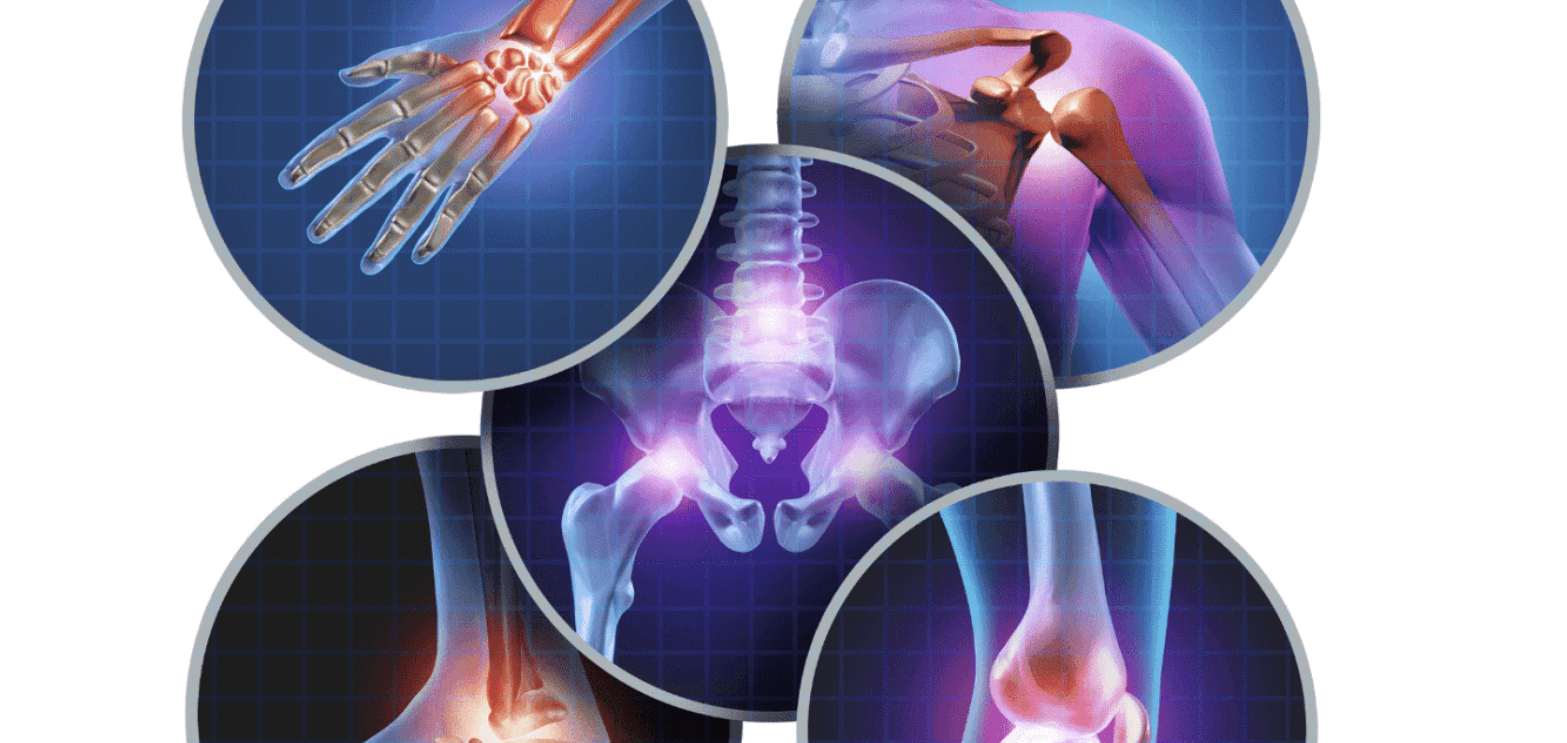For centuries, there’s been a commonly held belief that weather changes, especially cold and damp conditions, exacerbate joint pain. Many individuals, particularly those with arthritis, claim to predict rain or a drop in temperature based on the aches and pains in their joints. But is there any scientific truth behind these claims? Let’s delve deeper and uncover the reality of this myth.
The Origin of the Myth
The idea that weather impacts joint pain has its roots in ancient civilizations. One theory is that in times before modern meteorology, people sought to explain and predict the unpredictable – the weather. When joint pain correlated even occasionally with inclement weather, a myth was born. Furthermore, anecdotal experiences passed down through generations have strengthened this belief. As Grandma used to say, “I can feel a storm coming in my bones!”
The Scientific Perspective
To establish the validity of this belief, let’s turn to scientific research. Several studies have been conducted to investigate the association between weather patterns and joint pain.
- Barometric Pressure and Joint Pain: One widespread theory is that changes in barometric pressure, which often precede rain or a cold front, can cause an inflammatory response in the joints. However, a study published in the journal “Arthritis Care & Research” showed no consistent relationship between barometric pressure changes and pain among people with osteoarthritis [1].
- Temperature and Joint Pain: Another belief is that cold temperatures can cause joint pain. The “American Journal of Medicine” published a study investigating the link between temperature, humidity, and joint pain in 2007. The research found a weak association between temperature and pain but nothing significant enough to claim a direct cause-and-effect relationship [2].
- Dampness and Pain: The idea that dampness can cause or worsen joint pain has also been challenged. A study in the “Pain” journal, which compared pain reports from various climates (including damp British weather and the dry climate of the Middle East), found no evidence to suggest that a damp climate contributes more to joint pain than a dry one [3].
- Subjective Experiences: It’s worth noting that while larger patterns in data might not show a definitive link between weather and joint pain, individual experiences can vary. Some people may indeed feel more pain during weather changes, but this doesn’t necessarily mean the weather is the cause. There could be several other factors at play, including psychological factors, activity levels, or diet changes that coincide with different seasons.
The Power of Perception
One significant factor to consider is the power of perception and the placebo effect. A study in “Pain Medicine” conducted a unique experiment where they asked participants about their joint pain and also asked them to guess the day’s weather. Surprisingly, on days when participants believed the weather was worse (regardless of the actual conditions), they reported more significant joint pain [4]. This indicates that our perceptions and beliefs about the weather might play a more substantial role in our pain experiences than actual atmospheric conditions.
The Role of Inactivity
In colder or wetter weather, people are generally less active. Reduced activity can lead to stiffness in joints and might exacerbate the pain for those with existing joint problems. This could be a more plausible explanation for the perceived increase in joint pain during unfavorable weather. It’s not the cold or the rain directly affecting the joints but the reduced movement and activity which could be causing increased discomfort [6].
The Interplay of Multiple Factors
It’s crucial to recognize that pain, especially chronic pain like that from arthritis, is multifaceted. A multitude of factors can influence one’s perception and experience of pain. These can range from sleep quality, stress levels, physical activity, and even dietary choices. Singling out the weather as the primary or sole cause oversimplifies the complex nature of pain perception.
Conclusion
While it’s tempting to believe that the weather plays a significant role in joint pain, current scientific evidence does not support this idea as a universal truth. It’s essential to recognize and respect individual experiences, but it’s equally important not to misattribute pain solely to external factors like the weather.
One thing is clear: more research is needed to understand the complex nature of pain and its relationship with external factors. Until then, it might be more beneficial to focus on proven pain management strategies rather than relying on the weather forecast.
Sources:
[1] Timmermans, E.J., et al. (2015). Arthritis Care & Research. “The Influence of Weather Conditions on Joint Pain in Older People with Osteoarthritis: Results from the European Project on OSteoArthritis.” [2] McAlindon, T., et al. (2007). American Journal of Medicine. “Changes in barometric pressure and ambient temperature influence osteoarthritis pain.” [3] Smedslund, G., et al. (2011). Pain. “Does rain really cause pain? A systematic review of the associations between weather factors and severity of pain in people with rheumatoid arthritis.” [4] Jamison, R.N., et al. (2015). Pain Medicine. “Are Weather Patterns Associated with Pain in Chronic Pain Sufferers?”

